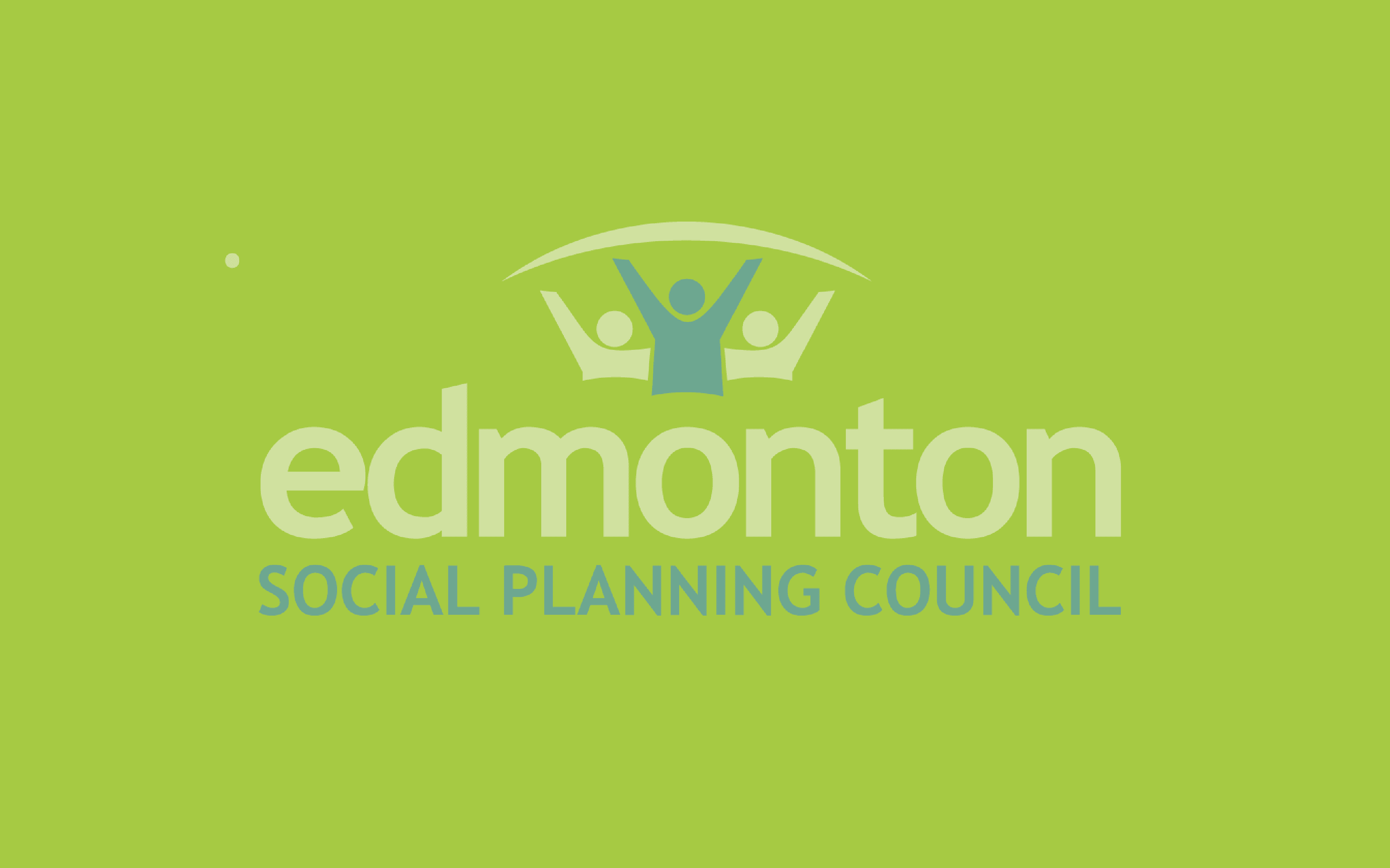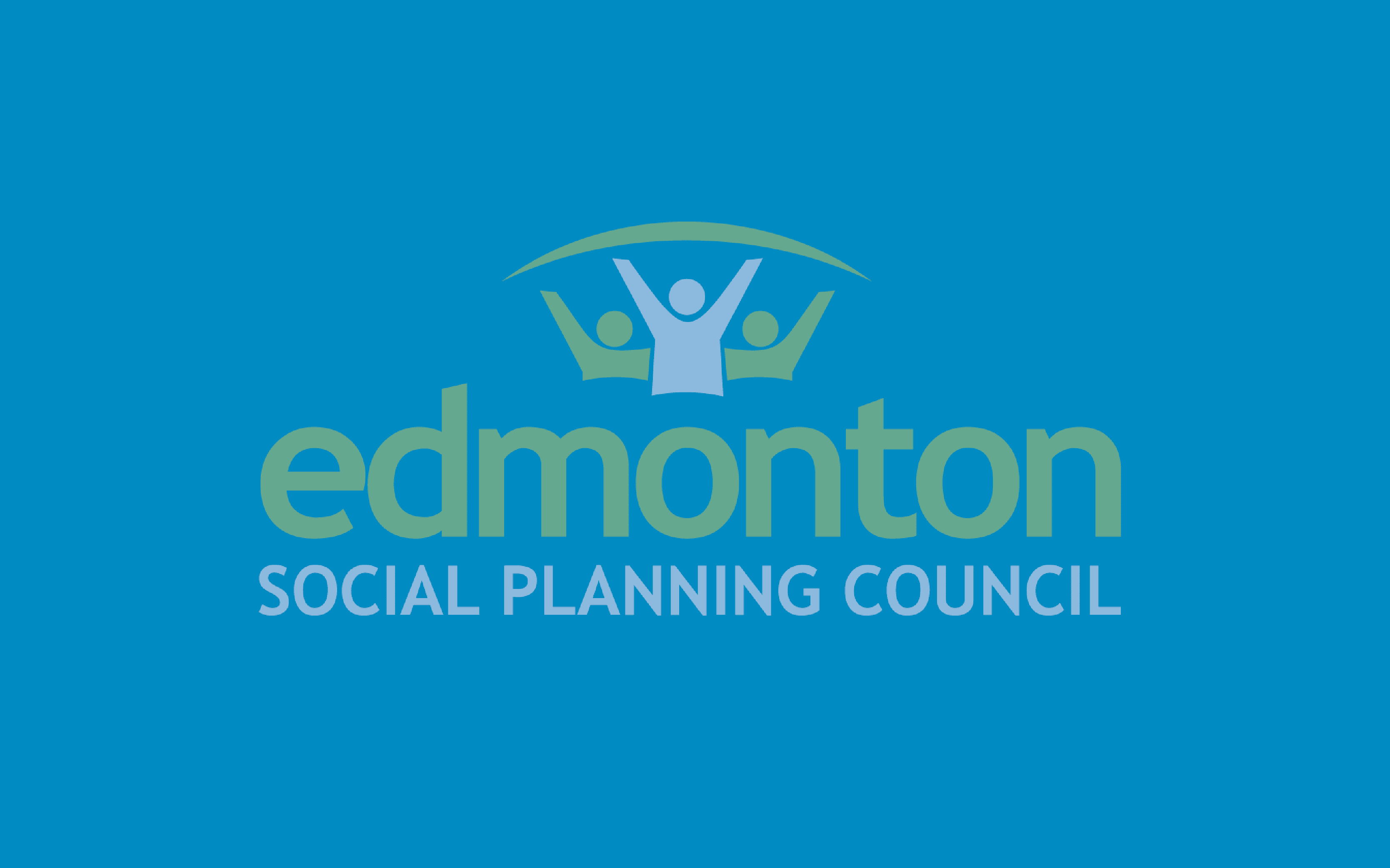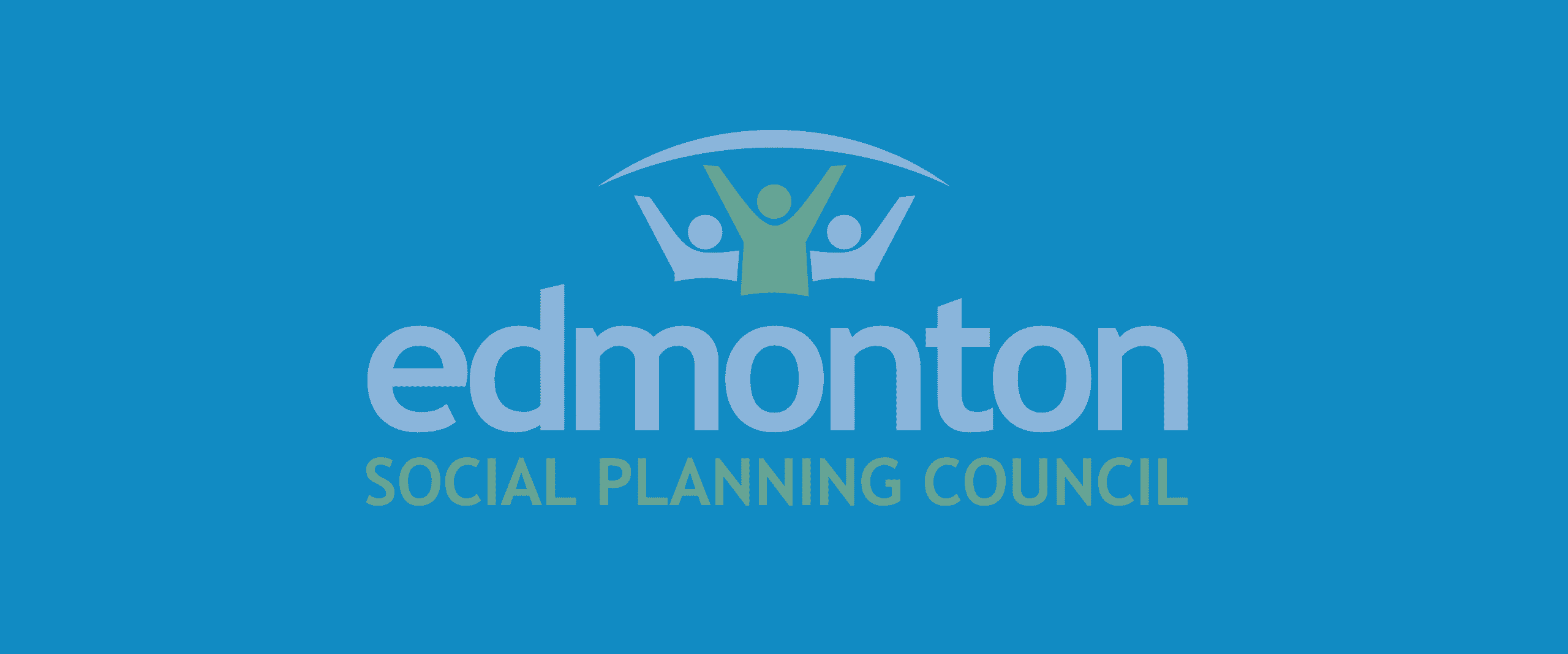[et_pb_section fb_built=”1″ _builder_version=”4.7.0″ custom_margin=”0px||0px||false|false” custom_padding=”0px||0px||false|false”][et_pb_row column_structure=”3_4,1_4″ use_custom_gutter=”on” gutter_width=”1″ _builder_version=”4.7.3″ _module_preset=”default” width=”100%” custom_margin=”0px||||false|false” custom_padding=”3px||5px|||” border_width_bottom=”1px” border_color_bottom=”#a6c942″][et_pb_column type=”3_4″ _builder_version=”4.7.0″ _module_preset=”default”][et_pb_post_title meta=”off” featured_image=”off” _builder_version=”4.7.4″ _module_preset=”default” title_font=”||||||||” custom_margin=”||3px|||” border_color_bottom=”#a6c942″][/et_pb_post_title][/et_pb_column][et_pb_column type=”1_4″ _builder_version=”4.7.0″ _module_preset=”default”][et_pb_image src=”https://edmontonsocialplanning.ca/wp-content/uploads/2020/08/boxes_1.gif” title_text=”boxes_1″ align=”center” disabled_on=”on|off|off” _builder_version=”4.7.4″ _module_preset=”default” width=”100%” custom_margin=”-2px||-1px||false|false” custom_padding=”||7px|||”][/et_pb_image][/et_pb_column][/et_pb_row][et_pb_row column_structure=”3_4,1_4″ use_custom_gutter=”on” gutter_width=”1″ make_equal=”on” _builder_version=”4.7.4″ background_size=”initial” background_position=”top_left” background_repeat=”repeat” width=”100%” custom_margin=”0px|auto|0px|auto|false|false” custom_padding=”37px|0px|44px|0px|false|false”][et_pb_column type=”3_4″ _builder_version=”4.5.6″ custom_padding=”0px|0px|0px|0px|false|false” custom_padding__hover=”|||”][et_pb_text _builder_version=”4.7.4″ _dynamic_attributes=”content” _module_preset=”default” text_font=”||||||||” text_text_color=”#000000″ custom_padding=”||32px|||”]@ET-DC@eyJkeW5hbWljIjp0cnVlLCJjb250ZW50IjoicG9zdF9kYXRlIiwic2V0dGluZ3MiOnsiYmVmb3JlIjoiIiwiYWZ0ZXIiOiIiLCJkYXRlX2Zvcm1hdCI6ImRlZmF1bHQiLCJjdXN0b21fZGF0ZV9mb3JtYXQiOiIifX0=@[/et_pb_text][et_pb_text _builder_version=”4.7.4″ text_line_height=”1.6em” header_2_font=”||||||||” header_2_text_color=”#008ac1″ header_2_font_size=”24px” background_size=”initial” background_position=”top_left” background_repeat=”repeat” width=”95%” module_alignment=”left” custom_margin=”6px|0px|2px|-96px|false|false” hover_enabled=”0″ locked=”off” sticky_enabled=”0″]
Note: this is excerpted from the May 2020 edition of our “Research Update” publication. The Edmonton Social Planning Council, in collaboration with our volunteers, strives to provide stakeholders and community members with up-to-date reviews, prepared by our volunteers, on recently published social research reports and publications.
Reviewed by Hanna Nash
In Provider Perspectives: Understanding Support Barriers for LGBTQ2 People, NorQuest College researchers Cindy Boucher and Kassi Boyd examine the difficulties and perspectives of front-line workers when providing services to Edmonton’s homeless, or at-risk of homelessness, lesbian, gay, bisexual, transgender, queer, and two-spirit (LGBTQ2) community.
When exploring the specific obstacles affecting staff in relation to their work with homeless or at-risk members of the LGBTQ2 community, Boucher and Boyd discovered three central difficulties experienced by most organizations in Edmonton: a lack of resources for staff, limited contact with self-identified LGBTQ2 members, and continued fear from members of LGBTQ2 groups to identify themselves and their unique needs to organizations. The results of Boucher and Boyd’s study is restricted to interviews held with 35 individual front-line service providers in Edmonton. Research from the organizations themselves was limited and difficult to procure.
Organizations offering help to these individuals facing homelessness often do not have relevant policies, procedures, or guidelines readily available for staff to reference. In addition, most staff reported that they did not feel that they were adequately educated in current LGBTQ2 culture and systemic barriers to fully understand how homelessness is influenced by gender identification and sexual orientation. Although most interviewees expressed an interest in receiving education on the LGBTQ2 community, most support staff indicated that they were unaware of ways to become more informed. This in turn creates a lack of consistent aid available for those who are vulnerable as they are subject to individual staff biases, and by the onus for staff to access external resources and knowledge.
Self-identification is not a requirement for clients who seek help. Not being aware of which clients are part of the LGBTQ2 community creates added challenges for support staff when helping individuals specific to this community. Many support staff could not indicate the number of LGBTQ2 clients they may have had, or in fact whether they had ever helped an LGBTQ2 client. This additional difficulty prevents front-line staff from understanding a client’s specific needs and struggles. Furthermore, most organizations rely on a generalized client-focused approach, whereby staff assess each client and provide resources regardless of who they are. Although this blanket approach is done in the interest of aiding in a non-discriminatory fashion, it does not take into consideration the specific challenges the LGBTQ2 community faces, such as risks to physical or mental health.
This leads to the third most identified barrier. As many members in this community have experienced traumatic events related to their gender identification and sexual orientation, many choose not to self-identify. As a result, these LGBTQ2 members often do not feel safe in expressing their individual circumstances, and believe that they are risking their safety by exposing themselves to a front-line service worker. Front-line service staff identified this as a barrier to current and continued help for the community, suggesting that without increased self-identification, resources specific to their needs will likely not be made available to them or their community. Assets, particularly government funding, will likely only be made available with proof and justification for a population. This study also demonstrated that although many front-line staff respect an LGBTQ2 individual’s right to conceal their sexual orientation or preferred gender, staff were generally unable to give specific reasons or examples for why an individual would refrain from self-identifying.
Boucher and Boyd provide many insights into the difficulties front-line staff experience when trying to provide aid to homeless or at-risk LGBTQ2 people. Further research into specific populations within the community could provide governments and society with an enhanced understanding of the impediments faced by front-line service providers. For example, this study does not distinguish the unique concerns between age groups, gender, or health within this population.
Additionally, as this research was undertaken with the help of front-line staff who volunteered to speak to Boucher and Boyd, it presents a difficulty in truly understanding the position that organizations take when aiding members of the LGBTQ2 community. Boucher and Boyd do take into consideration that the people who volunteered to take part in their study are most likely open to supporting the LGBTQ2 community, and consequently, much of this research is based upon individual biases and interests rather than the outcomes of clearly identified and consistent policies of organizations providing aid.
Boucher and Boyd’s research addresses the concerns that have been overlooked by society and the very organizations that exist to help those who are most vulnerable. If organizations were held accountable to implement specific policies and procedures, perhaps front-line service staff would be more effective in helping the LGBTQ2 community.
Publication Source: Boucher, C. & Boyd, K. (2018). Provider Perspectives: understanding support barriers for LGBTQ2 people. NorQuest College. Retrieved from: http://homewardtrust.ca/wp-content/uploads/2019/03/Boucher-and-Boyd-2018.-Understanding-support-barriers-for-LGBTQ2-people.pdf
Volunteer Research Reviewer: Hanna Nash enjoys ballet performances and other live theatre, as well as outdoor sports and travelling to new countries. Hanna is interested in sharing information and knowledge to Edmonton’s diverse communities.
[/et_pb_text][/et_pb_column][et_pb_column type=”1_4″ _builder_version=”4.7.4″ custom_padding=”0px|20px|0px|20px|false|false” border_color_left=”#a6c942″ custom_padding__hover=”|||”][et_pb_testimonial author=”Posted by:” job_title=”@ET-DC@eyJkeW5hbWljIjp0cnVlLCJjb250ZW50IjoicG9zdF9hdXRob3IiLCJzZXR0aW5ncyI6eyJiZWZvcmUiOiIiLCJhZnRlciI6IiIsIm5hbWVfZm9ybWF0IjoiZGlzcGxheV9uYW1lIiwibGluayI6Im9uIiwibGlua19kZXN0aW5hdGlvbiI6ImF1dGhvcl93ZWJzaXRlIn19@” portrait_url=”@ET-DC@eyJkeW5hbWljIjp0cnVlLCJjb250ZW50IjoicG9zdF9hdXRob3JfcHJvZmlsZV9waWN0dXJlIiwic2V0dGluZ3MiOnt9fQ==@” quote_icon=”off” disabled_on=”on|off|off” _builder_version=”4.7.4″ _dynamic_attributes=”job_title,portrait_url” _module_preset=”default” body_text_color=”#000000″ author_font=”||||||||” author_text_align=”center” author_text_color=”#008ac1″ position_font=”||||||||” position_text_color=”#000000″ company_text_color=”#000000″ background_color=”#ffffff” text_orientation=”center” module_alignment=”center” custom_margin=”0px|0px|4px|0px|false|false” custom_padding=”32px|0px|0px|0px|false|false”][/et_pb_testimonial][et_pb_text disabled_on=”on|off|off” _builder_version=”4.7.4″ _dynamic_attributes=”content” _module_preset=”default” text_text_color=”#000000″ header_text_align=”left” header_text_color=”rgba(0,0,0,0.65)” header_font_size=”20px” text_orientation=”center” custom_margin=”||50px|||” custom_padding=”48px|||||”]@ET-DC@eyJkeW5hbWljIjp0cnVlLCJjb250ZW50IjoicG9zdF9jYXRlZ29yaWVzIiwic2V0dGluZ3MiOnsiYmVmb3JlIjoiUmVsYXRlZCBjYXRlZ29yaWVzOiAgIiwiYWZ0ZXIiOiIiLCJsaW5rX3RvX3Rlcm1fcGFnZSI6Im9uIiwic2VwYXJhdG9yIjoiIHwgIiwiY2F0ZWdvcnlfdHlwZSI6ImNhdGVnb3J5In19@[/et_pb_text][/et_pb_column][/et_pb_row][/et_pb_section]




